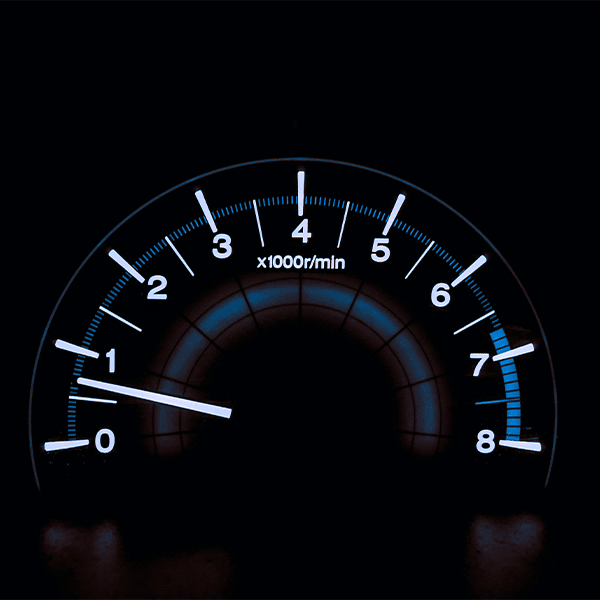 People want to talk to people when they contact local businesses, according to a demographic communications preferences study commissioned by phone technology provider Ooma and conducted by Sapio Research.
People want to talk to people when they contact local businesses, according to a demographic communications preferences study commissioned by phone technology provider Ooma and conducted by Sapio Research.
The survey focused on four age groups: Baby Boomer (55 to 75 years old), Gen X (40 to 54), Millennial (25 to 39) and Gen Z (4 to 24). Fifty-seven percent of respondents prefer phone calls over other forms electronic communications when contacting local businesses, with 35% of Gen Zers saying they prefer phone calls because they are faster and more efficient. Phone calls are the preferred way to contact businesses, including health care professionals, hair and beauty salons, auto centers and legal and tax services. Social media is not preferred for professional contacts. It is used by only 17% of Gen Zers, with 30% of this group saying it is impersonal and 35% saying it is slow.
The survey, which was conducted last month and reached 2,046 U.S. residents, found that email often is the preferred method for Baby Boomers to communicate with businesses. Gen Z likes it the least. Finally, 47% of Gen Zers prefer calling hotels, compared to 8% each for text and social media.
“Despite Gen Z’s reputation for being glued to texting, tweeting and Instagramming on their devices, Ooma’s survey has shown that this generation, along with all others surveyed, drastically prefer to handle both urgent and day to day communications through their phone,” Ken Narita, Ooma’s Director of Business Marketing said in a press release. “Phone conversations provide an authentic experience that allows for quick actions and solutions, and it’s clear that local businesses need to offer a clear way for people to reach them and communicate in this preferred method.”
The growing number of ways in which organizations can communicate with their customers and prospects offers advantages and opportunities. It also presents challenges, however. In 2016, Accenture said that the cost of poor customer service may be as high as $1.6 trillion. The study said that despite advances in automated voice response and directory systems these systems often are frustrating, awkward and too time-consuming to please customers.


